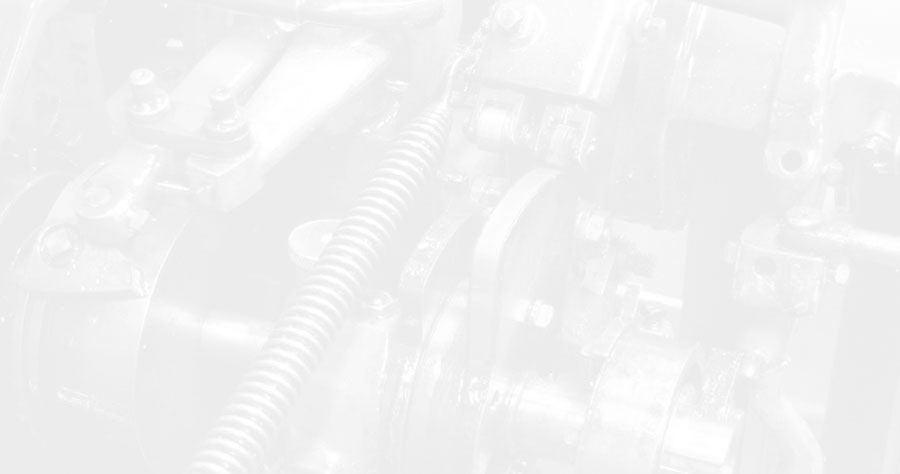


Question 2: Where should we start using SPC in our operations?
Good places to start using SPC to set a good example, is where the workforce is specially receptive to the idea or where the process is specially easy to control.
Get more advice on how to get started (new window) »
Question 3: What can we achieve with SPC?
The immediate effects are that every operator reads the process the same way, and that the process is controlled at the right time for the right reason to achieve the right objective. The reject rate falls quickly, and the next user in the chain gets better quality.
After a while most of the operators will start to feel less stress. The reject rate will continue to fall. This means reduced costs for dealing with faults and a reduced need for final inspection. Any deterioration in machines or processes will be detected sooner.
Some of the longer-term results are fewer complaints and warranty claims, improved knowledge of the process within the company, and higher profit per man-hour.
Faq´s about SPC
1. Why should we use SPC in my company? »
2. Where should we start using SPC in our operations? »
3. What can we achieve with SPC? »
4. Can we start to introduce SPC without any preparation? »
5. What is MSA? »
6. What should we think about before starting to use SPC? »
7. What software should we use? »
8. What is the difference between producing with and without SPC? »
9. Where should the control limits be located on the control chart? »
10. What capability index should we have as a minimum requirement? »
11. We produce short runs. Is SPC any use to us? »
12. At what intervals should we measure the sample groups? »